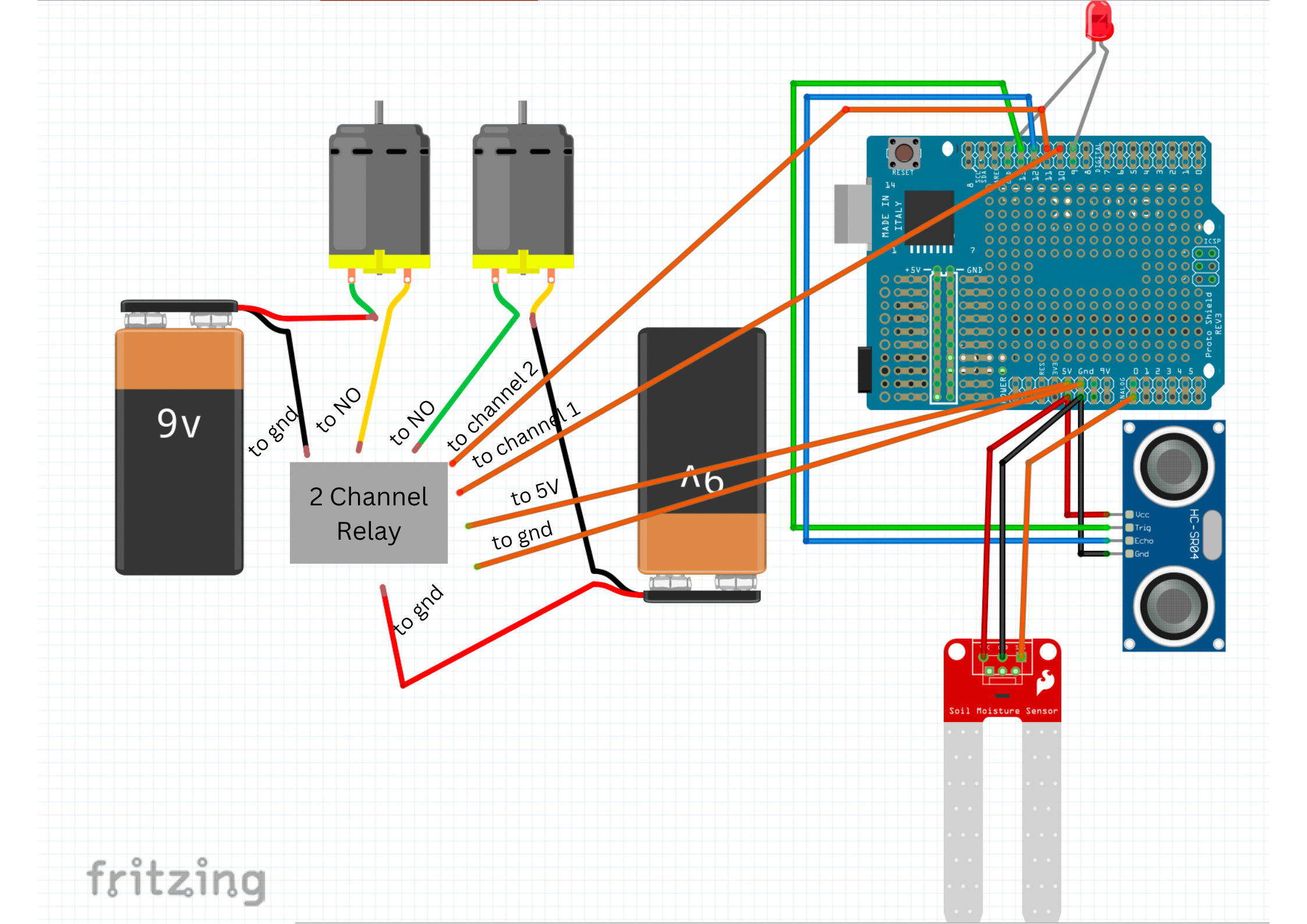The agriculture sector is currently leading Tanzania's ecosystem with traditional and cultural roots spreading down for years. However, with the advancement in technology, the youth of today tend to rely on using technology as a means to automate and ease the process that tends to be very time consuming and physically taxing.
In 2021, the share of agriculture in Tanzania's gross domestic product was 25.89 percent, industry contributed approximately 29.28 percent and the services sector contributed about 34.34 percent.
What's happening now?With technological advancement, their comes a challenge towards adaptation and adoption within the local society. Lack of knowledge, expertise as well as experience serve as contributing factors of why people would rather stick to their roots and carry on with the traditional practices.
The Challenge:Our Approach
As part of the Community Hackathon, our objective was to reach out to community members and seek out common pressing challenges that we would be able to develop and deploy towards aiding them in their agricultural practices. Hence, one of the common points of interest we heard was lack of monitoring water level content/ soil moisture in their farm lands.
The Solution:As always, our students are go getters, and set out to create a simple demonstration on how one leverage low cost technology as an example of scaling towards something that could be deployed, easily used and taught to the farmers towards scalable and sustainable outcomes. Hence, since watering farmlands is the biggest yet physically draining activity, the focus was shifted towards creating a simple demonstration of an automated irrigation system.
How it Works?The system consists of an open farm land with a soil moisture sensor placed in the centre, measuring the amount of water content in the soil. We have the first water pump placed in a 'water tank' that would water the farmland based on the predefined thresholds. Similarly, the water tank intended for watering is also linked/ connected to a reservoir tank that serves the purpose to refill the first tank to ensure water is readily available when needed. To ensure the water is sufficient in the watering tank, we have placed an ultrasonic sensor to monitor the water level, which will in turn trigger the pump in the reservoir tank to fill up when needed.
Note: This is initially the small scale version of this project with the hope of developing it further to something more scalable over time and will surely share some updates.
The Setup:Step 1: Begin by wiring all the components as per the schematics shared.
Step 2: Secure the components as per the image shared. You don't necessarily have to do it the same way we have done it, as long as the components are well placed and secured, thats important
Step 3: Upload the code shared to the Arduino and check if everything is working well.
Step 4: If all is well, you're good to go!
1. You could expand your project and add a few more moisture sensors to test the results and at the same time modify the code wherever necessary
2. You could create a slightly larger version of this system with actual seedlings for testing (which we will be doing and sharing soon)
Challenges:1. The project is power dependent and incase we had no power, we would be practically stuck.
2. Their were some glitches with the water pumps that would occur very randomly where the pumps would turn on/off even if the parameters were fine. I assume noise from the circuit may have been the reason.
The next step and plans:1. We would want to build this project on a much bigger scale to actually test the viability of this project in the long run. Eventually if successful, share this knowledge with the community and allow them to develop and scale it too.
2. Develop a more 'smarter' system with using IoT and a dashboard/mobile app to measure parameters and trigger particular outcomes if/ when needed.
Appreciation:A huge shoutout to Seeed and the entire team for supporting us with the hardware as well as the Hackathon since its launch. Looking forward to our collaborative journey ahead together!








_ztBMuBhMHo.jpg?auto=compress%2Cformat&w=48&h=48&fit=fill&bg=ffffff)














Comments
Please log in or sign up to comment.